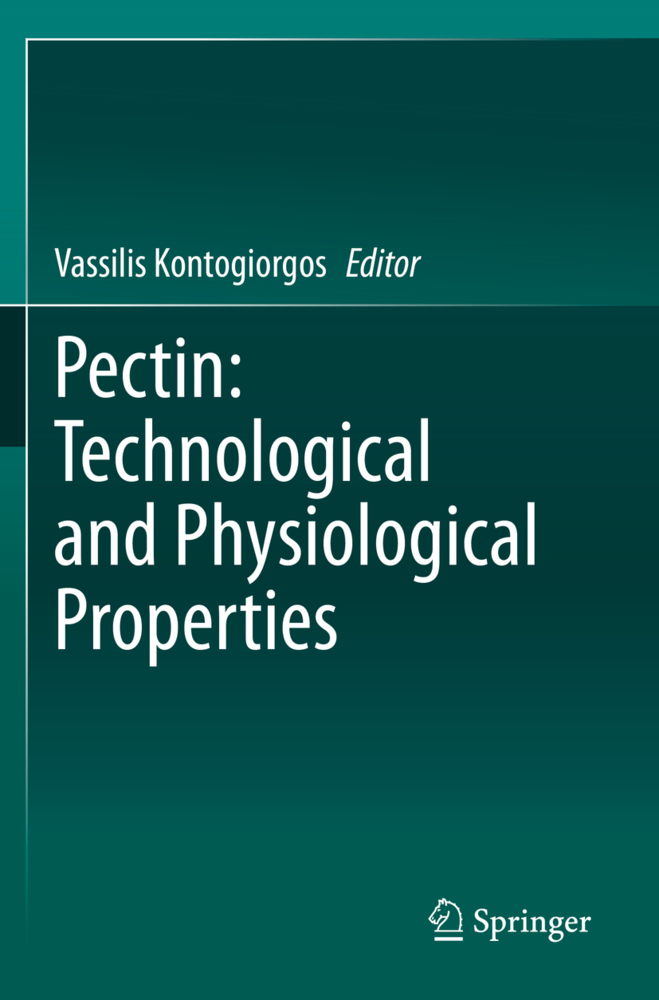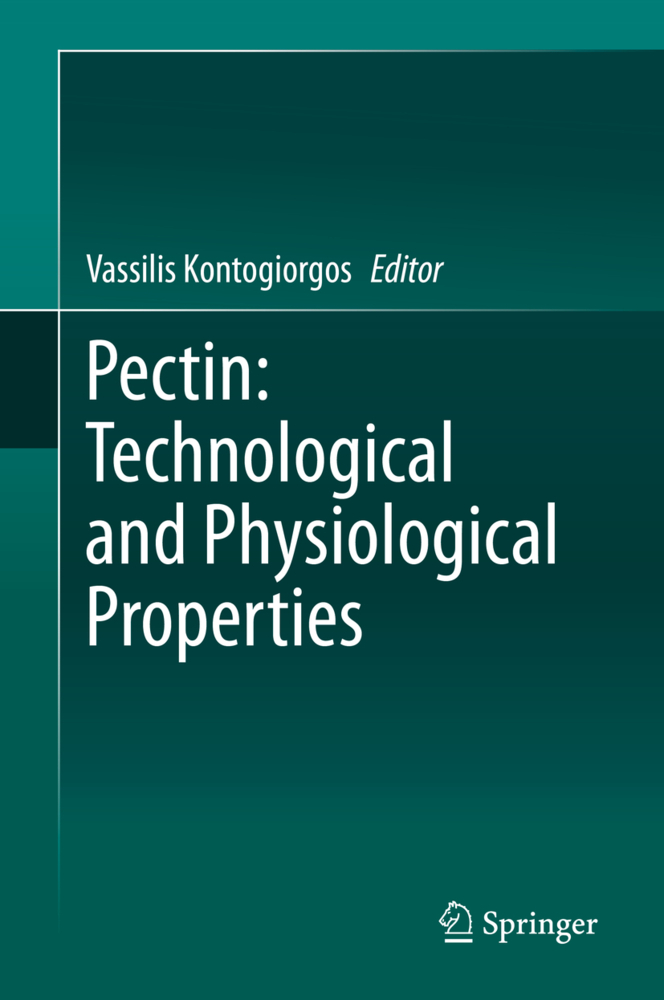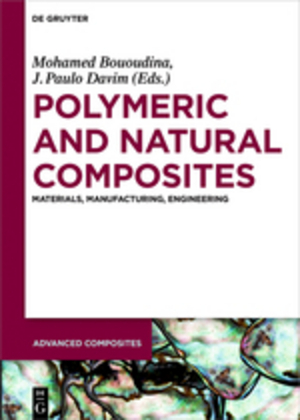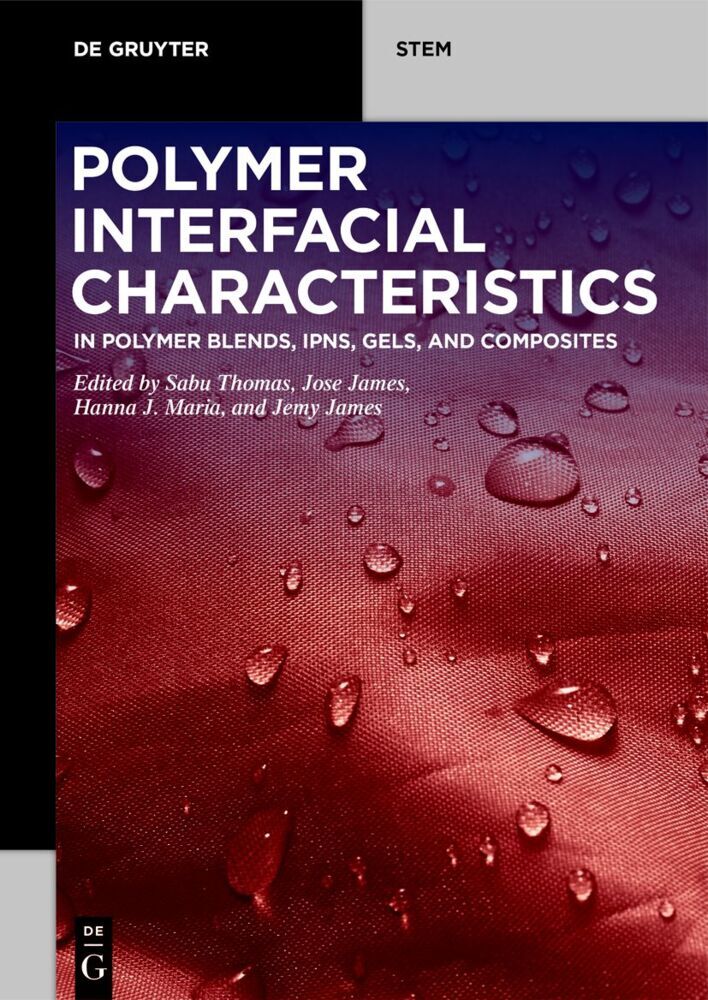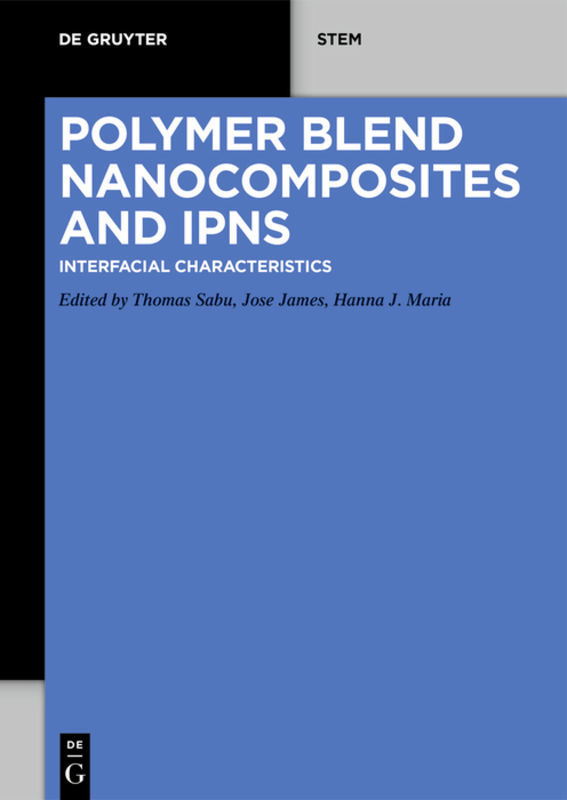Pectin: Technological and Physiological Properties
Pectin: Technological and Physiological Properties
This text presents the technological and physiological properties of pectin in an educational approach that encompasses all of the essential information a researcher needs to fully understand their function and use in foods. Utilizing basic information on pectin as well as recent technological advances, this book is designed to be the primary resource for individuals seeking out an up to date reference work covering all the necessary informational and functional aspects of pectin.
Chapter 3 Pectin Degrading Enzymes
Chapter 4 Isolation and Characterisation of Pectin
Chapter 5 Emulsification Properties of Pectin
Chapter 6 Edible Films and Coatings with Pectin
Chapter 7 Pectin Gelation and its Assembly into Functional Materials
Chapter 8 Digestion and Metabolism of Pectin
Chapter 9 Pectin Bioactivity
Chapter 10 Pectin as Drug-Release Vehicle
Pectin: technological and physiological properties is the first book to fully focus on the introductory concepts on pectin. Individual chapters cover localization and function, the structural aspects of pectin, pectinases, isolation and characterization and recovery from agricultural wastes. Important current advances such as emulsions, films, digestion, metabolism and bioactive properties are also focused on.
With its combinationof vital basic information and technological advances, this book presents full and up to date coverage on this pectin and its many forms and uses in foods.
Chapter 1 Biosynthesis, Localisation, and Function of Pectins in Plants
Chapter 2 Pectin StructureChapter 3 Pectin Degrading Enzymes
Chapter 4 Isolation and Characterisation of Pectin
Chapter 5 Emulsification Properties of Pectin
Chapter 6 Edible Films and Coatings with Pectin
Chapter 7 Pectin Gelation and its Assembly into Functional Materials
Chapter 8 Digestion and Metabolism of Pectin
Chapter 9 Pectin Bioactivity
Chapter 10 Pectin as Drug-Release Vehicle
Kontogiorgos, Vassilis
| ISBN | 978-3-030-53423-3 |
|---|---|
| Artikelnummer | 9783030534233 |
| Medientyp | Buch |
| Auflage | 1st ed. 2020 |
| Copyrightjahr | 2021 |
| Verlag | Springer, Berlin |
| Umfang | XI, 207 Seiten |
| Abbildungen | XI, 207 p. 23 illus., 20 illus. in color. |
| Sprache | Englisch |

